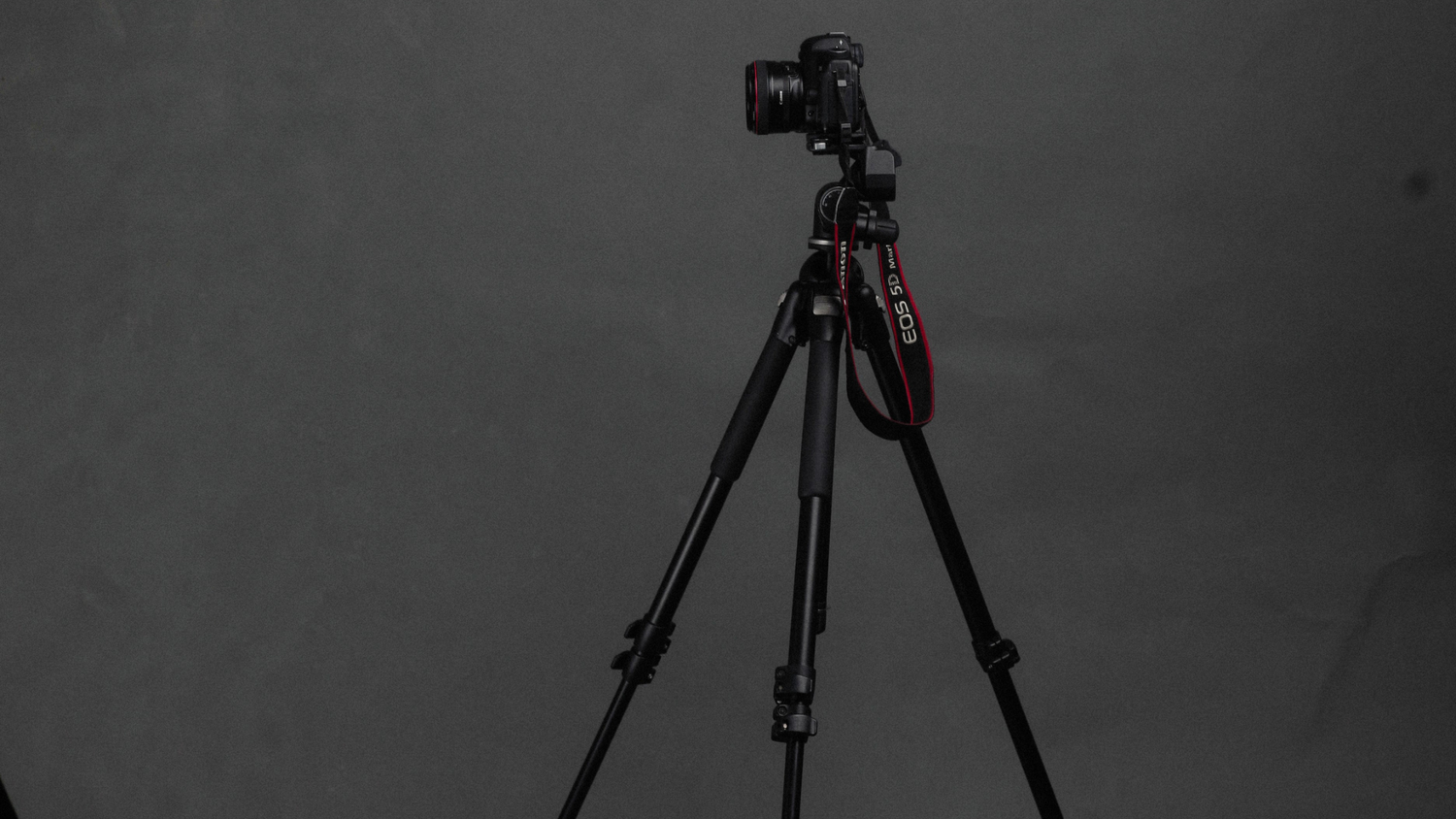When you invest in a tripod, you're making a choice that can affect the quality of your photography or video for years to come. But just how long can you expect your trusty tripod to last in 2025? After all, with rapid advancements in technology and materials, how do you know which tripod will stand the test of time?
In this blog, we’ll explore the key factors that affect tripod lifespan, share tips to extend its life, and give you recommendations on which tripods are built to last. So, grab your camera gear and let’s dive into everything you need to know about tripod longevity.
1. What Affects the Lifespan of a Tripod?
A tripod isn’t just a simple stand for your camera—it’s a piece of equipment that needs to withstand regular use, varying weather conditions, and, in some cases, heavy gear. So, what are the factors that influence how long your tripod will last?
Material Quality
The material of your tripod plays a huge role in how long it will survive. Most tripods are made from three primary materials: aluminum, carbon fiber, and plastic. Let’s break them down:
-
Aluminum: Aluminum is affordable and durable, making it a popular choice for budget-friendly tripods. However, it’s more prone to wear and tear over time, especially with exposure to the elements. If you’re shooting in harsh conditions or traveling frequently, an aluminum tripod may start to show signs of aging sooner.
-
Carbon Fiber: Carbon fiber tripods are the gold standard for professional photographers and videographers. They are incredibly lightweight yet sturdy and resistant to corrosion. A carbon fiber tripod, when properly maintained, can last for years without showing significant wear.
-
Plastic: While plastic tripods are often inexpensive, they tend to wear out faster. They’re more prone to cracking under pressure or in extreme temperatures, and their legs may degrade over time due to frequent folding and unfolding.
Build Quality and Design
Even within the same material category, the design of a tripod can make a big difference in how long it lasts. High-quality tripods will have reinforced leg joints, durable locking mechanisms, and smooth movement for pan and tilt functions. These features contribute not only to better performance but also to greater durability.
Usage and Maintenance
How often you use your tripod and how well you maintain it can also impact its lifespan. Frequent travel, exposure to sand or saltwater, and improper storage (like leaving it in hot or humid places) can speed up wear and tear. Regularly cleaning your tripod and checking its joints and locks will help it last much longer.
2. Signs Your Tripod is Worn Out
Sometimes, it’s easy to tell when your tripod is nearing the end of its life. Here are a few common signs to watch for:
-
Loose or Stiff Joints: If your tripod’s leg joints become stiff or lose their grip, it could be a sign that they’re worn out. This can result in instability when shooting, which is never good for your gear.
-
Damaged Legs: If the legs are cracked, bent, or no longer extend or lock securely, it’s a strong indication that your tripod has reached its limit.
-
Rust or Corrosion: Aluminum tripods are especially prone to rust if they’re exposed to moisture. If you notice rust spots, it may be time to upgrade to something more durable.
-
Unstable Base: If your tripod no longer feels stable, even on flat ground, it’s definitely time for a replacement. A wobbly tripod will ruin your shots and may even damage your camera.
3. How to Extend the Life of Your Tripod
While the lifespan of a tripod is ultimately determined by the factors we mentioned, there are a few steps you can take to make sure it lasts as long as possible:
-
Regularly Clean and Maintain: Make it a habit to clean your tripod after every shoot, especially if you’ve been shooting in dusty, wet, or sandy conditions. Wipe down the legs, check for any damage, and ensure the locks are functioning smoothly.
-
Use the Right Carrying Case: A tripod bag or case will protect your tripod from accidental damage during transport. It’s especially important if you travel a lot.
-
Store Properly: When you’re not using your tripod, store it in a cool, dry place. Avoid leaving it in direct sunlight or in a damp environment, as that can cause premature degradation of the materials.
-
Check for Wear: Regularly inspect the tripod’s joints, locks, and legs for any signs of wear or damage. If you spot something that looks off, address it before it worsens.
4. Tripod Lifespan in 2025: What’s Next?
As we continue to push the boundaries of technology in 2025, we expect to see even more innovative tripods that offer greater stability, longer durability, and enhanced features like Bluetooth integration or even automated pan-and-tilt functions. While the lifespan of tripods will still depend on materials and maintenance, the trend is toward creating products that can last longer and perform better.
Conclusion
So, how long will your tripod last in 2025? With the right tripod, proper care, and a little luck, your tripod can last for years to come. Whether you opt for an affordable aluminum model or invest in a high-end carbon fiber tripod, the key is regular maintenance and mindful usage.
If you want a tripod that will endure the test of time, consider investing in a Oldshark Tripod- it‘s built to last and designed for any photographer or videographer serious about their gear.

